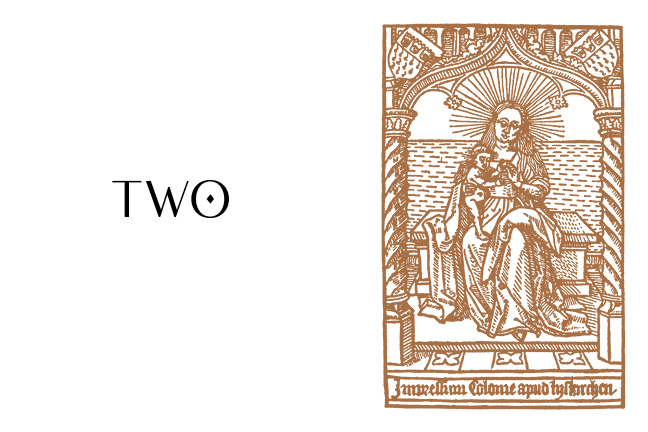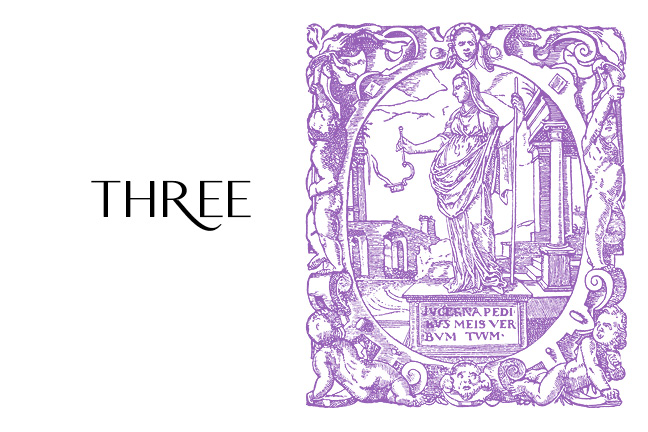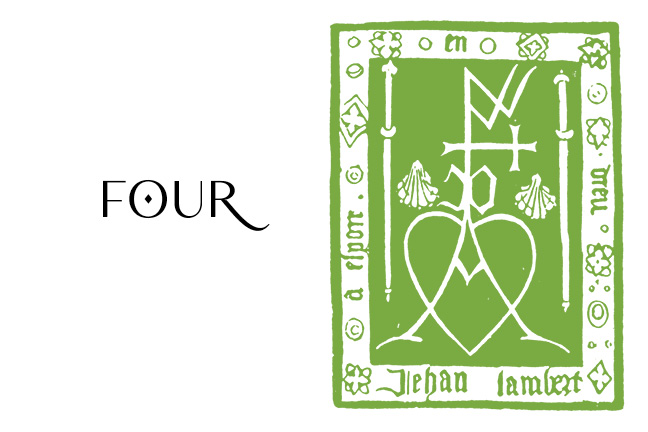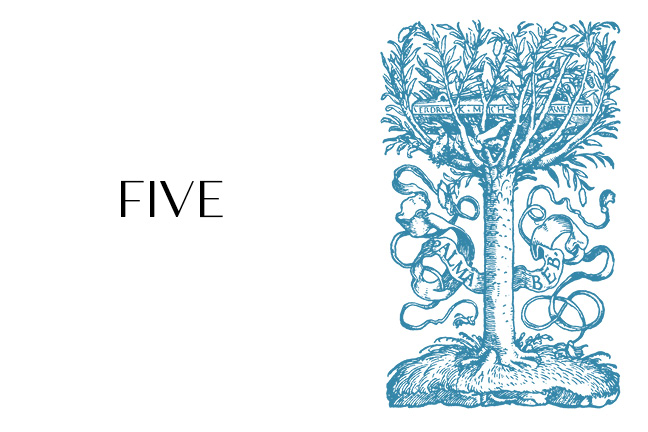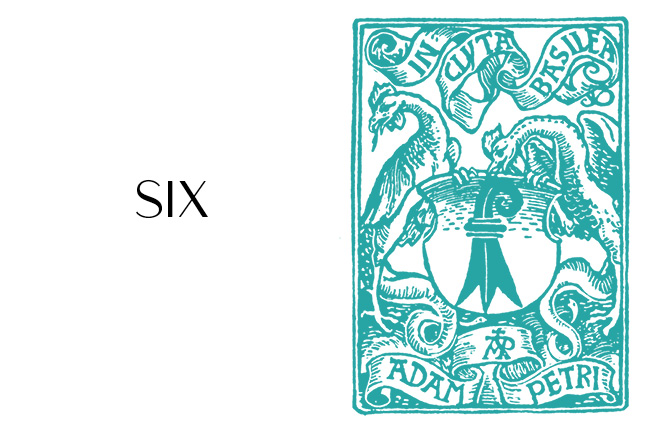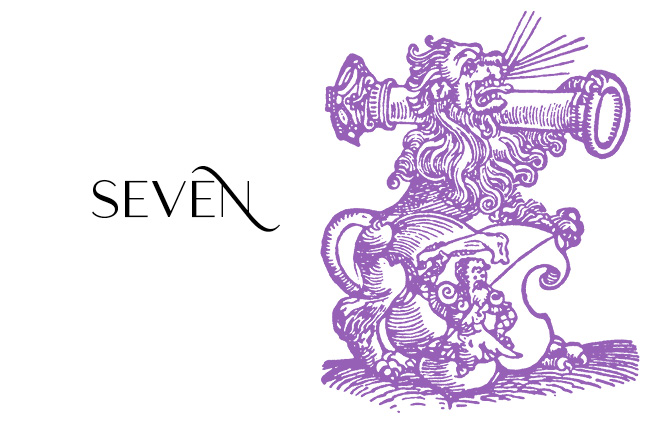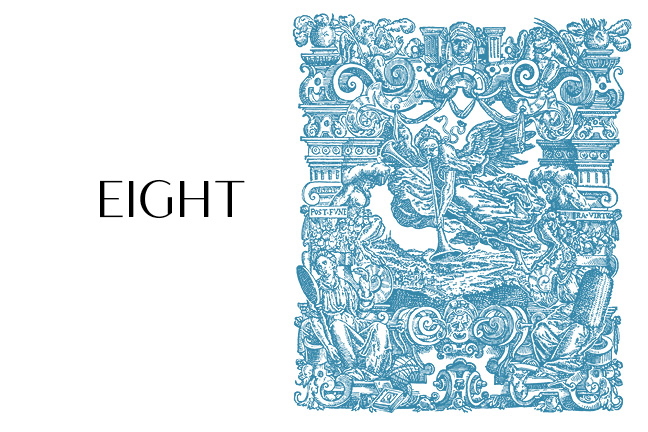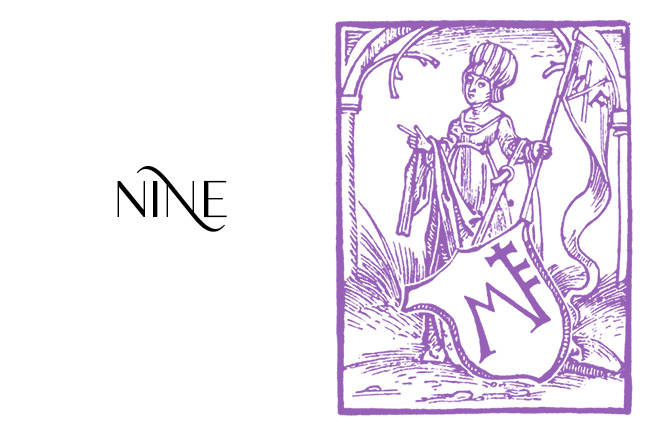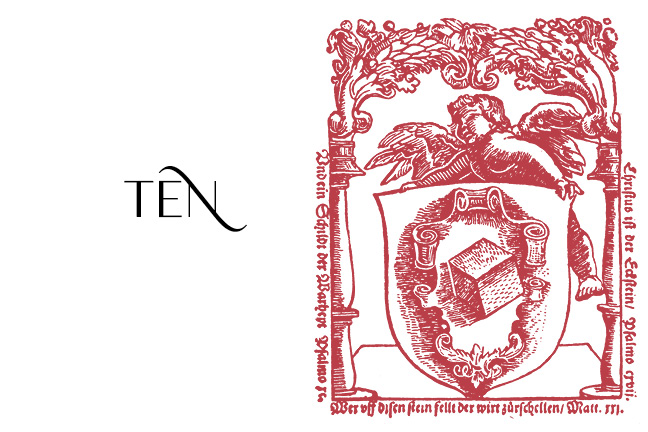Printer’s Marks Part 11
A GRANITE BAY ![]() DESIGN MICROSITE
DESIGN MICROSITE
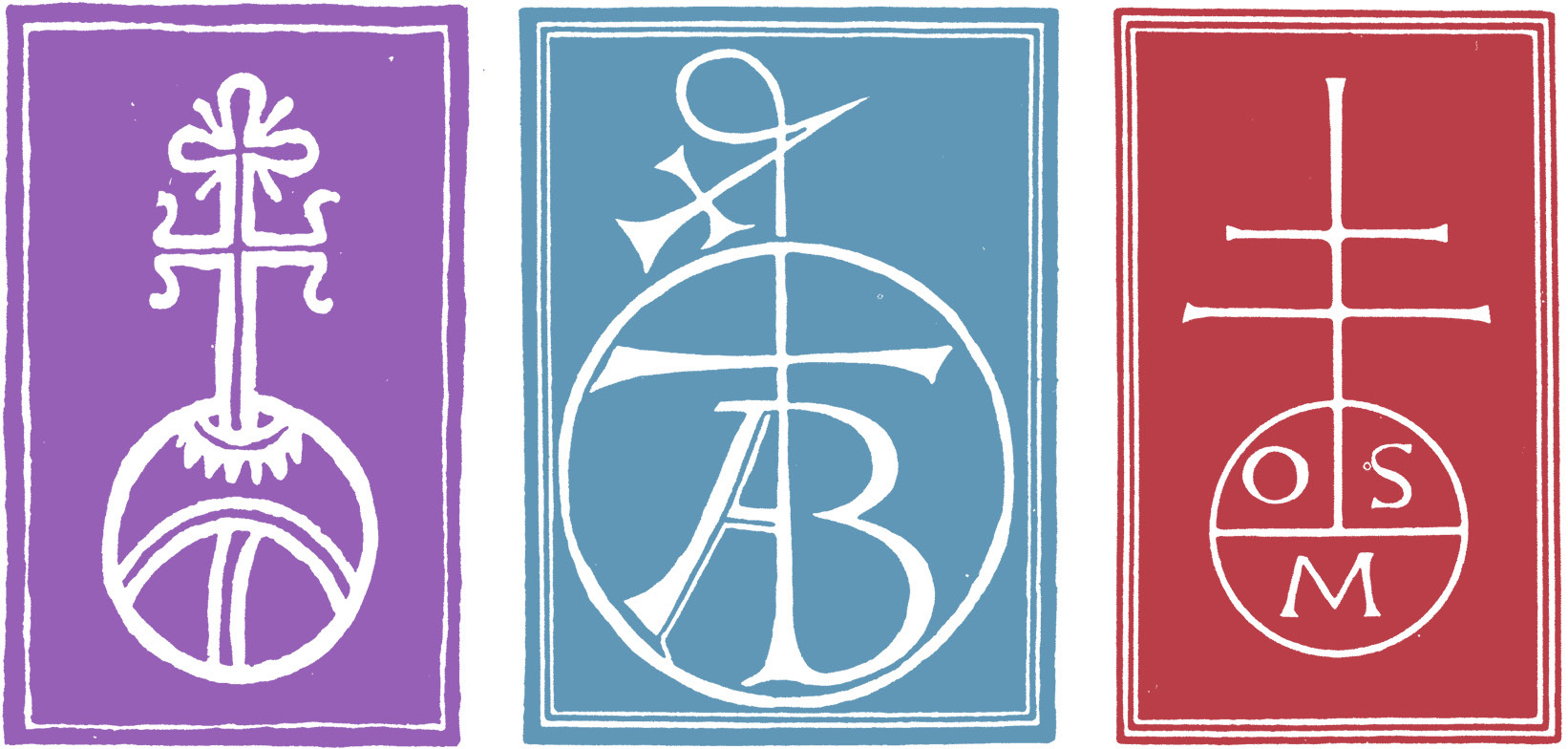
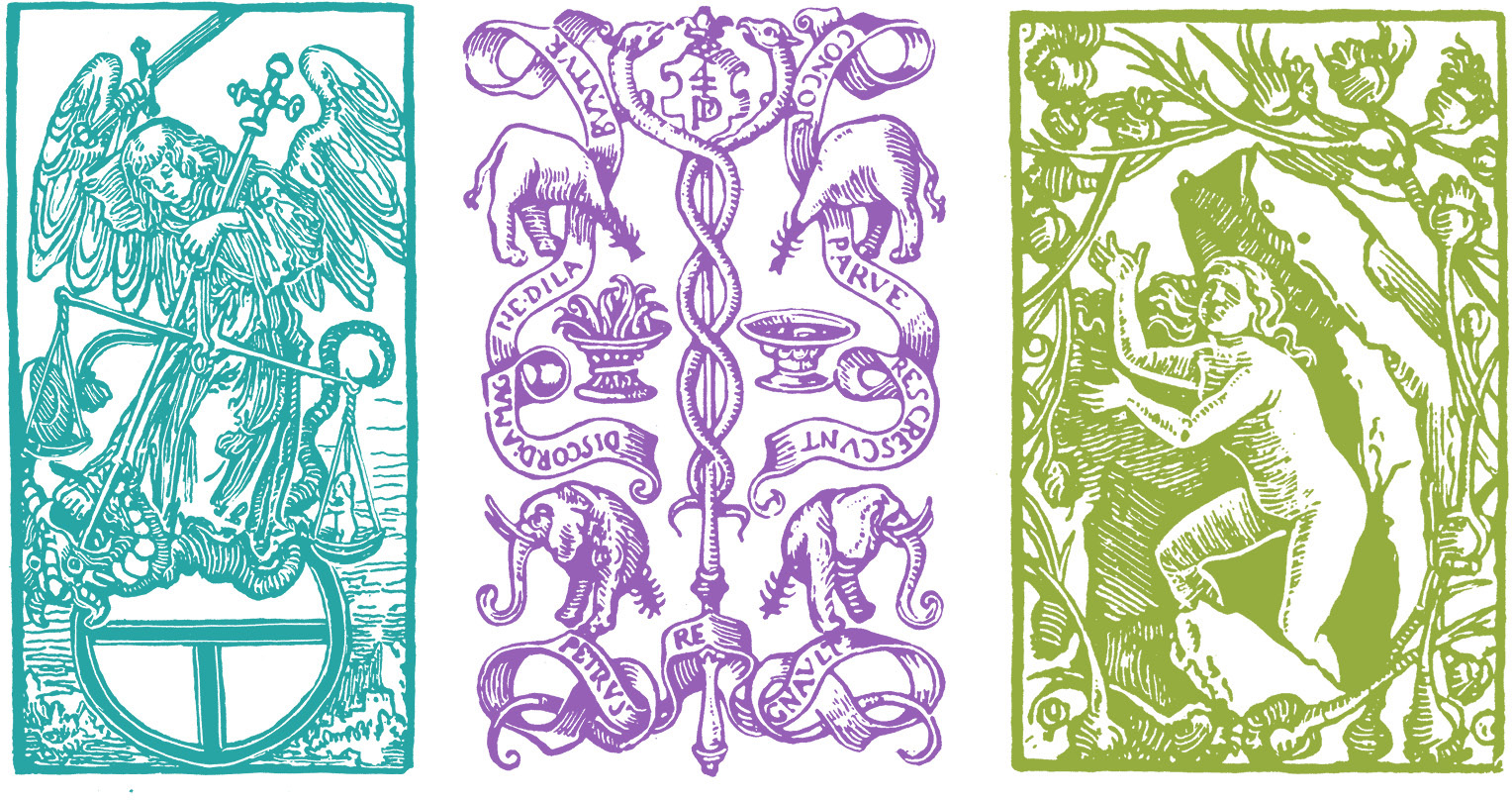
Printer’s Marks Part 11
Brüder Vom Gemeinsamen Leben (Koeln 1517)
Pierre Regnault (Paris 1532)
Johannes Knoblauch (Strassburg 1521)
The History of Printing
“A printing press is a mechanical device for applying pressure to an inked surface resting upon a medium (such as paper or cloth), thereby transferring an image. The systems involved were first assembled in Germany by the goldsmith Johannes Gutenberg in the mid-15th century. Printing methods based on Gutenberg’s printing press spread rapidly throughout first Europe and then the rest of the world, replacing most block printing and making it the sole progenitor of modern movable type printing. As a method of creating reproductions for mass consumption, the printing press has been superseded by the advent of offset printing. Johannes Gutenberg’s work in the printing press began in approximately 1436 when he partnered with Andreas Dritzehen—a man he had previously instructed in gem-cutting—and Andreas Heilmann, owner of a paper mill. It was not until a 1439 lawsuit against Gutenberg that official record exists; witnesses testimony discussed type, an inventory of metals (including lead) and his type mold.[86] Others in Europe were developing movable type at this time, including goldsmith Procopius Waldvogel of France and Laurens Janszoon Coster of the Netherlands.[86] They are not known to have contributed specific advances to the printing press. While the Encyclopædia Britannica Eleventh Edition had attributed the invention of the printing press to Coster, the company now states that is incorrect.”
from The History of Printing on Wikipedia
The printer’s marks were scanned from the copyright free book “Symbols, Signs & Signets” by Ernst Lehner.


